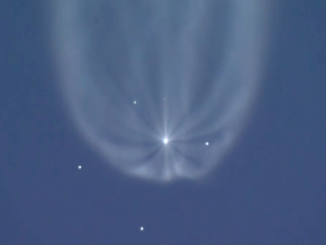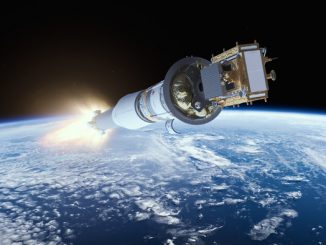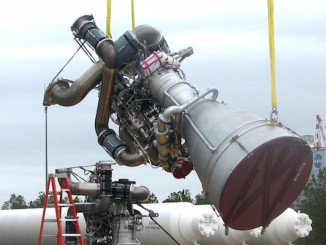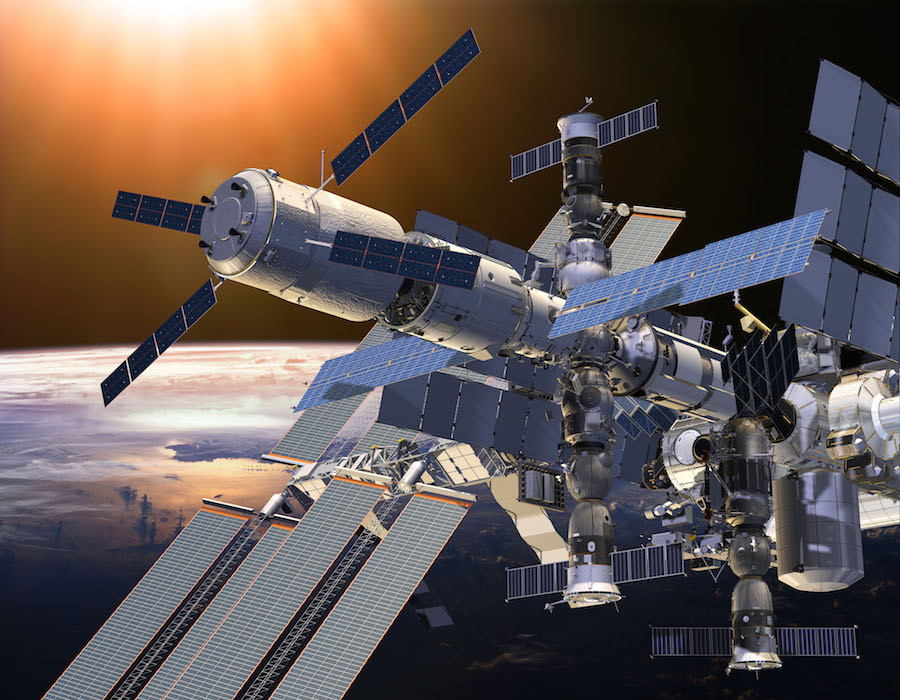
A European supply freighter is set to undock from the International Space Station on Saturday, heading for a destructive dive into Earth’s atmosphere about 30 hours later after a power system failure forced the cancellation of an experiment to observe the dynamics of the re-entry of a large spacecraft.
Europe’s last Automated Transfer Vehicle will depart the space station at 1340 GMT (8:40 a.m. EST) Saturday, separating from the outpost’s Russian Zvezda service module where it arrived Aug. 12.
Re-entry over the South Pacific Ocean is targeted for around 1800 GMT (1 p.m. EST) Sunday. Like most of the space station’s cargo vehicles, the ATV is designed to burn up during re-entry, and any fragments that survive the destructive plunge will splash down in a remote stretch of sea between New Zealand and South America.
NASA and the European Space Agency planned a unique re-entry profile for the ATV to drop into Earth’s atmosphere on a shallower trajectory than previous missions. Officials devised a comprehensive observation campaign to monitor the nighttime re-entry planned for Feb. 27, including a NASA DC-8 airplane deployed over the re-entry zone near Tahiti, imaging from astronauts aboard the space station passing overhead, and a pair of data recorders mounted inside the ATV’s pressurized cabin.
But a battery in one of the ATV’s four power chains failed Feb. 3, and while the spacecraft can still perform its mission normally, ESA officials concerned over the loss of redundancy in the electrical system decided to abort the shallow re-entry experiment. The ATV will now execute a normal steep re-entry profile in daylight Sunday, similar to the trajectories used on the craft’s previous missions.
“The increased risk of a second failure in the 13 days of free flight before the (Feb. 27) re-entry, and the impossibility of shortening this phase because of heavy Station traffic and other ATV operational constraints, has led ESA to cancel the shallow re-entry,” ESA said in a statement.
A European-built infrared camera and communications package will still record imagery and transmit data to scientists via Iridium satellites during re-entry. The camera will burn up, but the communications transmitter is encased in a ceramic heat shield to send the data back to scientists before impacting the ocean.
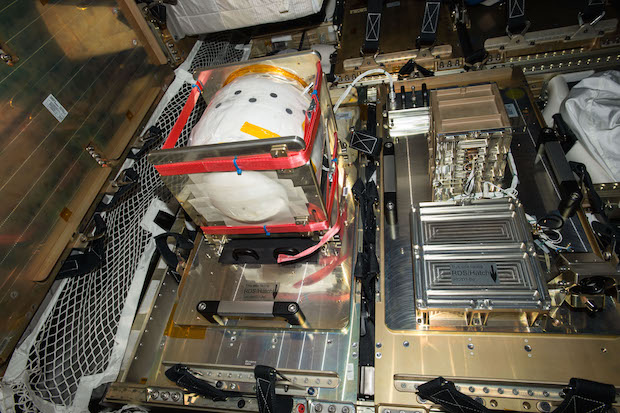
Scientists and NASA mission planners were interested in the re-entry to collect data on how a large spacecraft like the ATV responds to the intense heat and pressures of re-entry, eventually leading to the vehicle’s break-up. The data would have helped officials plan for the eventual destruction of the space station itself, which will be driven into Earth’s atmosphere when its useful life is over — an event currently expected in the 2020s.
The space station’s re-entry will require careful planning, and maneuvers by several Russian Progress supply ships to lower its orbit and guide the 450-ton complex safely toward the uninhabited South Pacific. Europe’s ATV was originally tapped for the task — it could accomplish the re-entry in a single mission — but the ESA cargo craft is being retired with the conclusion of its current flight.
NASA may attempt a destructive shallow re-entry with one of the space station’s other logistics vehicles, which are smaller than the ATV but could still provide useful insights into re-entry conditions.
NASA decided remove its own re-entry data recorder from the ATV for possible use on a future mission.
“The ATV team has worked tirelessly for five missions in a row,” said Massimo Cislaghi, ESA’s ATV 5 mission manager. “While teams are sincerely disappointed not to conduct the planned shallow reentry, the revised plan doesn’t alter the program’s overall success.”
The first ATV mission — named for the French science fiction writer Jules Verne — launched to the space station in 2008. Four more missions followed, with the launch of the last ATV aboard an Ariane 5 rocket from French Guiana on July 29.
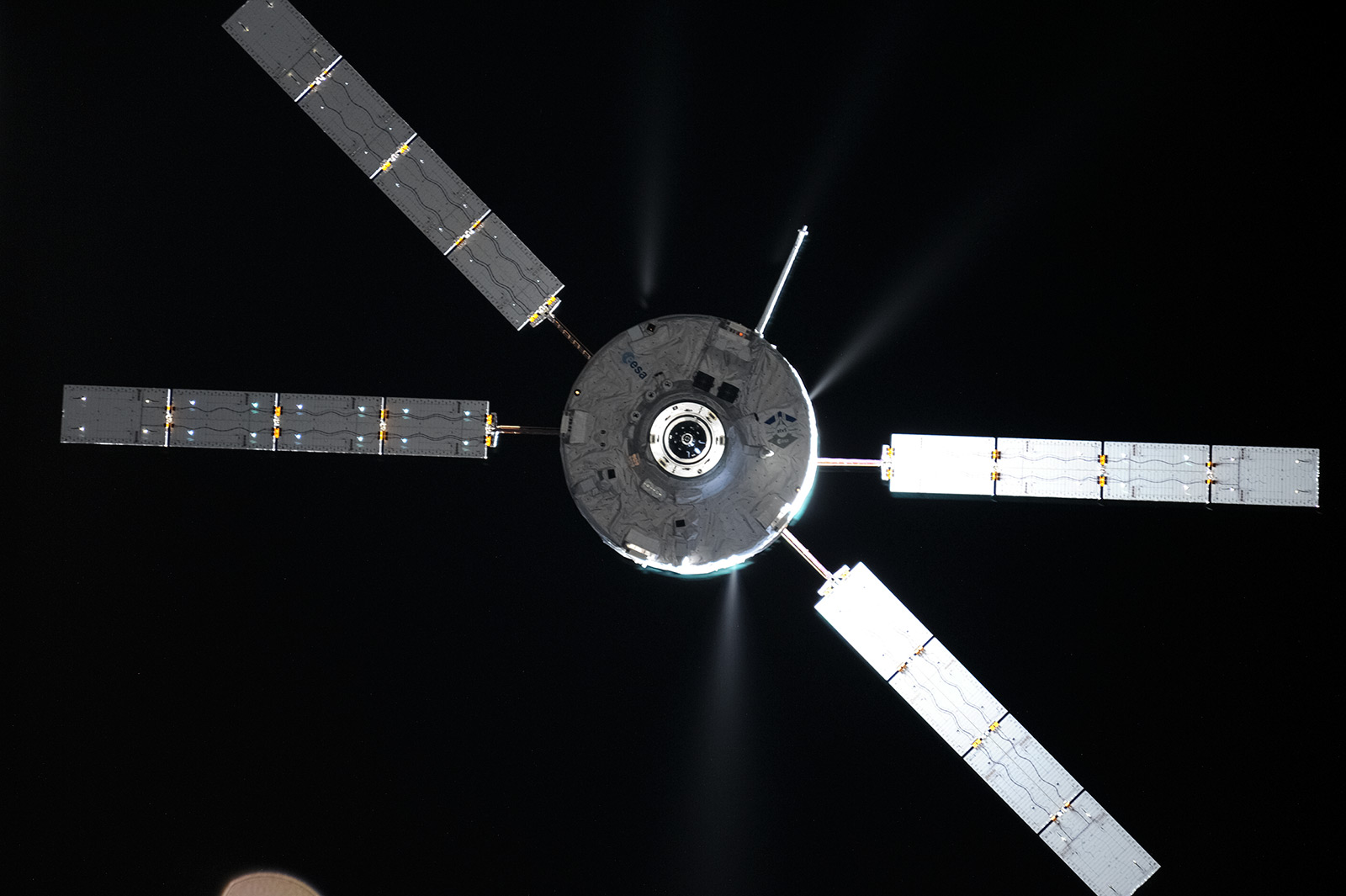
“The ATVs are large and complex spacecraft and they have achieved every goal, demonstrating Europe’s technical expertise and the skill of teams at ESA, France’s CNES space agency and the many industrial partners,” Cislaghi said.
The ATV is the largest spaceship servicing the station since the retirement of the space shuttle, but its capabilities are no longer needed as a mix of U.S., Russian and Japanese cargo carriers deliver supplies, experiments and fuel to the complex.
The fifth Automated Transfer Vehicle mission — named Georges Lemaitre after the Belgian priest and physicist behind the Big Bang theory — is the last of the big European spaceships to fly to the space station.
It delivered about 14,500 pounds of cargo, air, water and fuel to the space station when it docked in August. The lab’s crew finished loading trash into the spacecraft before closing hatches Friday, installing nearly 2.4 tons of rubbish for disposal.
During its six months attached to the space station, the ATV adjusted the lab’s orbit about 260 miles above Earth, including a pair of urgent maneuvers to move out the way of space junk.
Russian technicians are gearing up for launch of a Progress cargo craft Tuesday from the Baikonur Cosmodrome in Kazakhstan. The Russian supply ship will dock to the space station six hours after launch on a Soyuz rocket, reaching the same docking port vacated by the ATV on Saturday.
Technology from the ATV — which measures about the size of a London double-decker bus — is being applied to a European-built power and propulsion module for NASA’s Orion deep space exploration capsule.
Follow Stephen Clark on Twitter: @StephenClark1.

